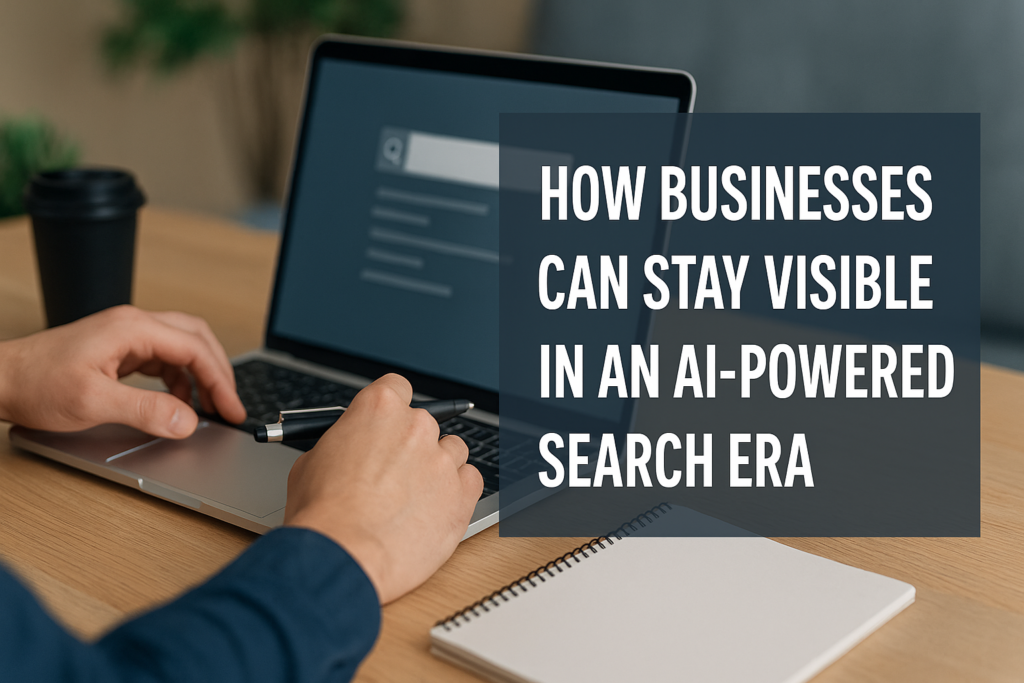
Inclusive SEO is about making your online presence open to everyone, regardless of ability. It’s not just good manners; it’s a smart strategy. When your website is easy to use for people with vision, hearing, motor, or cognitive impairments, it enhances user experience and expands your reach. Search engines reward accessible sites, too, so including everyone benefits your brand and your rankings.
Who Benefits from Inclusive SEO?
Everyone gains from this approach:
- Search engines can efficiently crawl and interpret your content.
- Visitors with accessibility needs find your information more easily.
- All users enjoy a smoother, more intuitive experience.
Improving access isn’t just obeying rules; it’s about reaching more people and increasing engagement.
The Rules Behind Inclusive SEO
Three main frameworks guide inclusive web practices:
- WCAG (Web Content Accessibility Guidelines): W3C offers three compliance levels: A, AA, AAA. Level AA is the common goal because many laws, including Australia’s Disability Discrimination Act, align with it.
- Section 508: A US regulation that requires government websites and systems to meet accessibility standards. Private businesses aiming to serve federal customers often follow suit.
- EN 301 549: Europe’s accessibility standard for public sector digital products. Organisations with an international focus may follow this too.
All frameworks insist that your site is:
- Perceivable: Every user must be able to perceive the content.
- Operable: Interfaces should be easy to navigate.
- Understandable: Content must be transparent and predictable.
- Robust: Compatible with assistive technologies, such as screen readers and voice control.
Building Accessible Text for Everyone
Plain language is key. Use familiar words in short sentences and avoid jargon. Break long paragraphs into bite-sized chunks. Add descriptive headings so screen readers can outline your structure. Use bullet points for lists. Provide summaries at the top of long pages.
Include Written Descriptions for Media
Imagine someone can’t see your images. Alt text tells them what’s there. Explain the content and purpose of each image. A simple “person eating an apple” is okay, but “elderly man enjoying a red apple on a park bench” adds helpful context.
For videos, include closed captions or a transcript. If your content is audio-only, supply an accompanying transcript. It provides alternative pathways for the message, and search bots can also crawl that text.
Offering Multiple Paths Through Your Site
Some users may be unable to use a mouse or prefer to use a keyboard. Ensure your site functions flawlessly with tabs, arrows, and the Enter key. Provide skip-links to jump straight past navigation to the main content. Ensure all form fields, buttons and menus are labelled adequately so screen readers can explain them clearly.
Making Text Content Easy to Understand
Aim for simplicity. Use short sentences and everyday vocabulary. For more complex topics, provide summarised bullet points or infographics. That makes it easier to follow whether you’re explaining a process, sharing data or giving instructions.
Colour Contrast and Readability
Check that the text and background contrast is high enough (at least 4.5:1 for standard text). Avoid colour alone to convey meaning—combine it with text, icons or underlines. Ensure the font size is adjustable and responsive, so users can easily scale up small text.
Designing Touch-friendly Elements
Buttons and links need to be large and spaced out, so users on touch screens or with motor difficulties can tap them without misfiring. Try to keep tap targets at least 44 px square. Avoid tiny click areas or densely packed controls.
Ensuring Compatibility with Assistive Tech
You need to ensure your website is compatible with screen readers like JAWS or NVDA to determine if it is inclusive SEO friendly. Ensure ARIA (Accessible Rich Internet Applications) roles are appropriately used. Alert messages should be announced automatically. Dynamic changes, such as a pop-up message, need to be signalled to assistive software.
How to Check Accessibility on Your Site?
A few reliable methods for inclusive SEO include:
Automated Scanning Tools
Use tools such as WAVE, Axe or Lighthouse. These can catch issues such as missing alt text, colour problems, or incorrectly coded headings, these are equally important for inclusive SEO. They highlight code-level matters and direct you to the corresponding fixes.
Testing with Real Users
Invite people with vision loss, hearing impairments or mobility challenges to try your site and ask their help guide you improve inclusive SEO. Observe them completing tasks. It reveals real-world usability problems that tools often miss.
Manual Checks
Turn off images to see if your alt text works. Navigate your site using only the keyboard and it’s one of the most important factor of inclusive SEO. Try zooming in up to 200%. Watch for overlapping content or truncated menus at high zoom levels.
Get Professional Help for Confidence
Sometimes, technical experts are the best solution. Accessibility professionals are familiar with the rules inside and out and can audit your code, improve compliance, or provide training. It saves time and reduces the risk of missing essential fixes, especially if your organisation faces legal requirements or serves a broad audience.
Why Investing in Inclusive SEO Pays Off?
Here’s what your investment can yield:
- Reach more customers. Accessible sites welcome more people, including those with disabilities.
- Improve SEO performance. Search engines value structured, well-described content.
- Reduce legal exposure. Many countries have accessibility laws. Proactive upgrades keep you compliant.
- Boost reputation. Demonstrating a commitment to access builds respect and loyalty.
Quick Wins You Can Apply Today
Start with some simple improvements for inclusive seo:
- Add alt text to images.
- Include transcripts for videos and audio.
- Enhance keyboard navigation.
- Use easy-to-read fonts and ensure good contrast.
- Label controls clearly (forms, buttons, menus).
These steps enhance accessibility and indicate to search engines that your site treats users fairly.
How Can Webential Help You Get It Right?
Webential offers expert web development, design, and SEO services, all aligned with accessibility standards. We help you meet WCAG AA and other regulations, ensuring your site is both search engine-friendly and easy to use for everyone.
From audits to implementation and ongoing monitoring, we manage everything so your business can stay focused on growth. With our experience across industries, we’ll bring clarity and results to your accessibility journey.
Do You Want to Improve Your Website’s Accessibility? Get Professional Assistance!
Contact Webential at +61 402 543 197 (Australia) or +1 424 777 1550 (US) and speak to one of our accessibility strategists. Let’s work together to make your website inclusive seo compliant and improve its performance.



